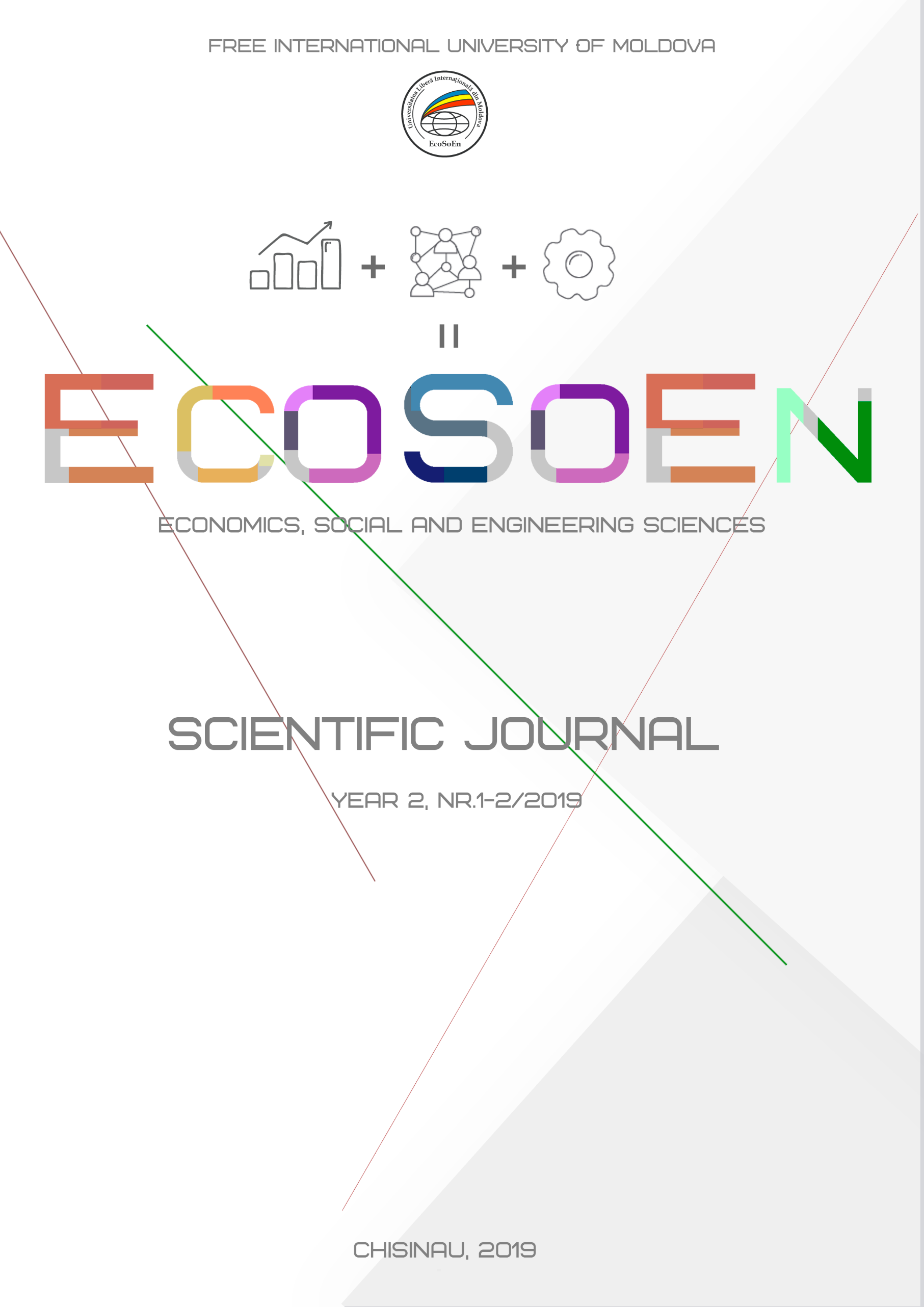Dinamica sărăciei și consecințele sale asupra inegalităților regionale din România
The dynamics of poverty and its consequences on regional inequalities in Romania
Author(s): Genoveca Constantin, Svetlana RusnacSubject(s): Economy, National Economy
Published by: Universitatea Liberă Internațională din Moldova
Keywords: poverty indicators; inequality; dynamics; regional disparities;
Summary/Abstract: Poverty has raised growing interest due to its various spatial aspects andimplications. Inequality and poverty represent the main elements targeted by the developmentstrategies, the complex but controversial relationships between them having drawn much attentionduring the past years, once decision factors understood the importance of the interconnectionsbetween them for the success of this process. The purpose of this paper is to emphasize therelationship between poverty and inequality, analyzing the way in which a high degree of socialand economic inequality influences the different forms of poverty manifestation. We made use of athree-dimension analysis: actual poverty (as expressed by absolute and relative thresholds),inequality of income distribution and regional distribution of these phenomena. Economic growthand distribution of income are connected through a bidirectional relationship, the incidence ofpoverty decreasing when economic growth overlaps a stable distribution of incomes. The effects areeven more spectacular when the study area records a change for the better in the incomedistribution with respect to the poor population. Although poverty has diminished, the feeling ofpoverty remains strong both in relation to the income of other co-nationals and to that of otherEuropean countries, Romania continuing to be, unfortunately, one of the poorest countries in EU28. The investigation carried out revealed the fact that the economic development of the country hasbeen accompanied by a fast decrease in absolute poverty but also by a slight increase in relativepoverty. Romania faced an extremely high poverty risk rate in rural areas, a situation which wascaused by more factors, such as: demography (negative migration balance, aging population),accessibility (lack of infrastructure and difficult access to basic services), education andemployment (low employment rates, high share of those working in agriculture and those workingon a seasonal basis). Instead, cities had values below the European average, which once againproves the important role that regional and sub-regional metropolises play
Journal: EcoSoEn
- Issue Year: 2/2019
- Issue No: 3-4
- Page Range: 234-241
- Page Count: 8
- Language: Romanian

